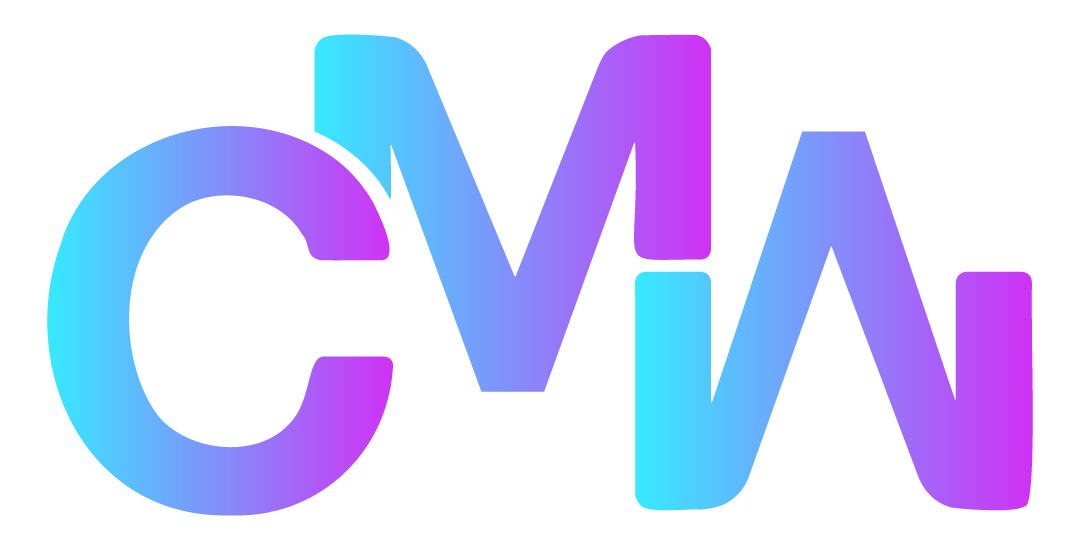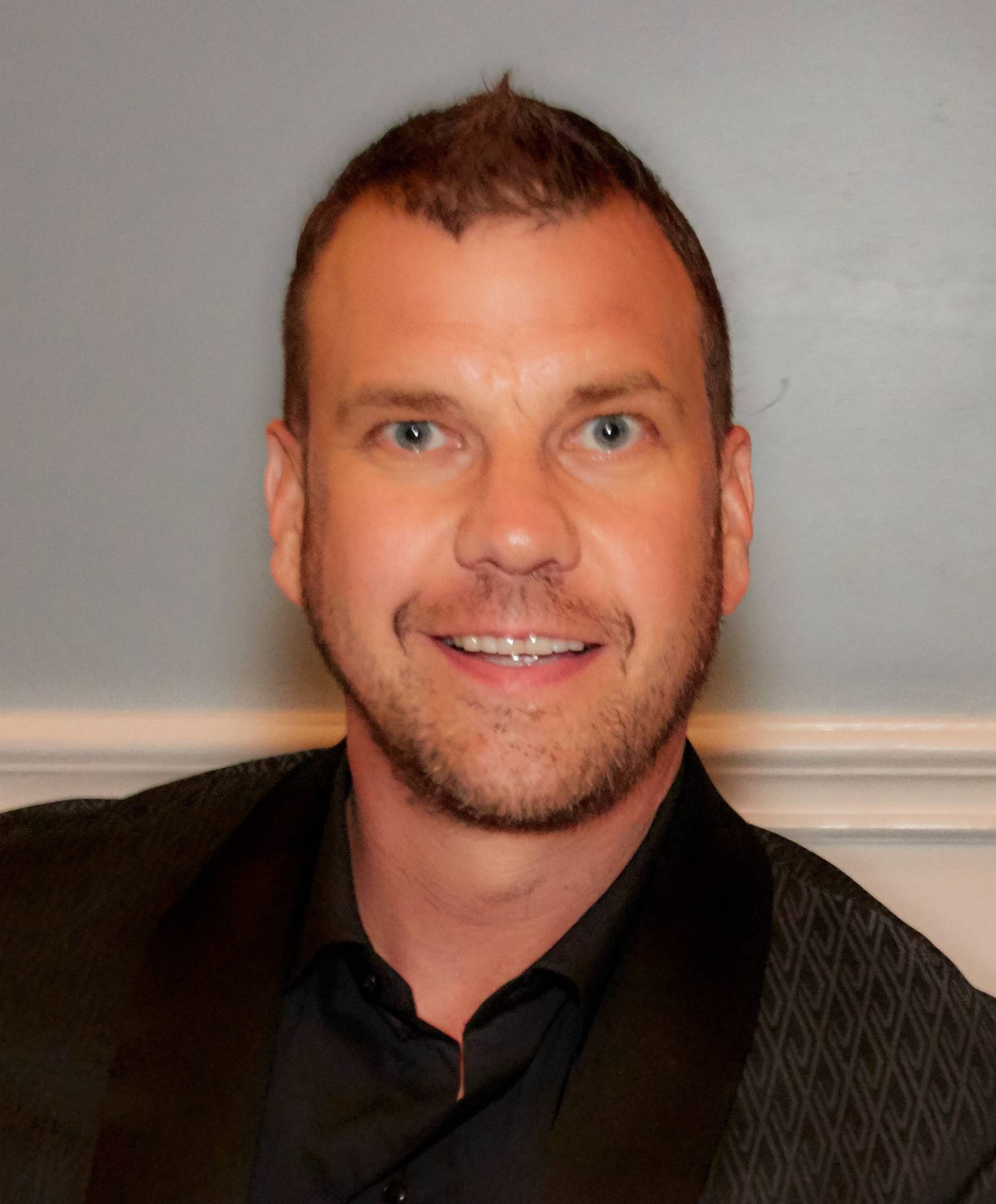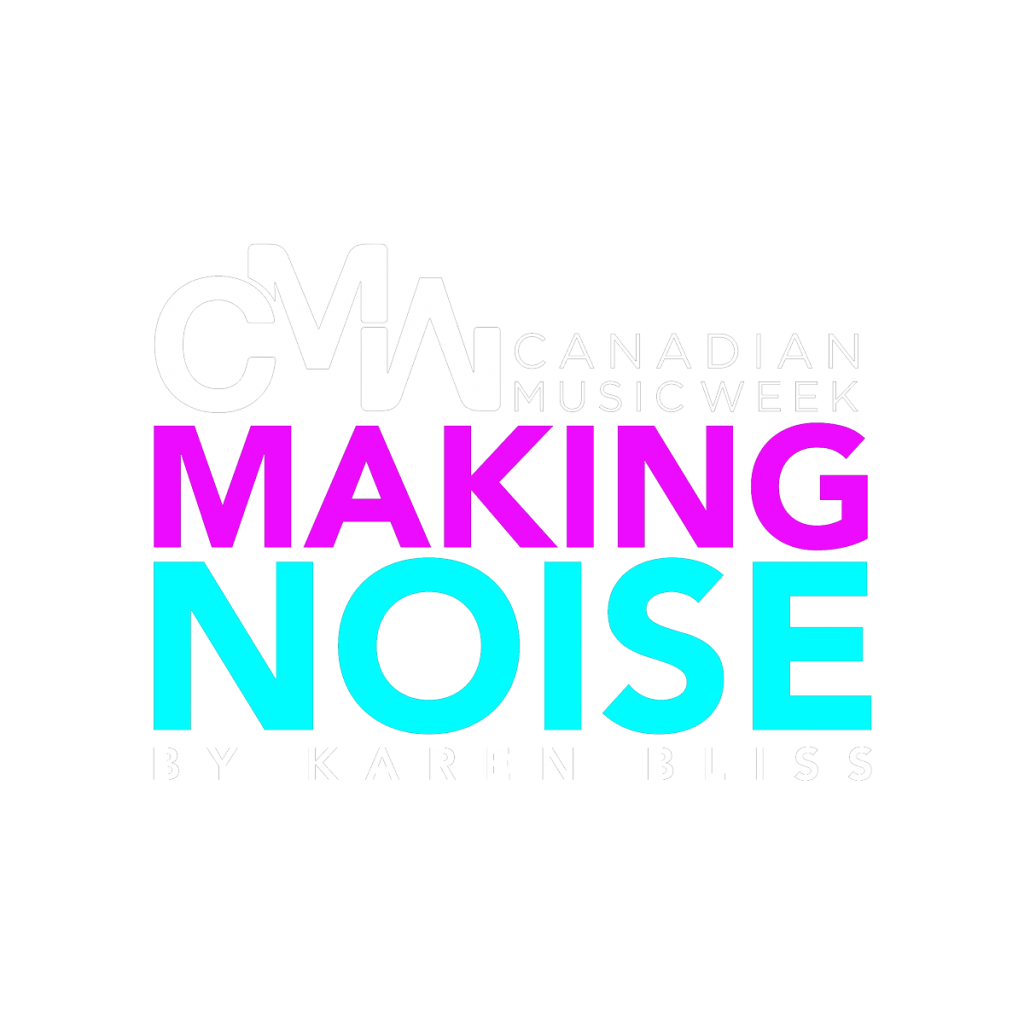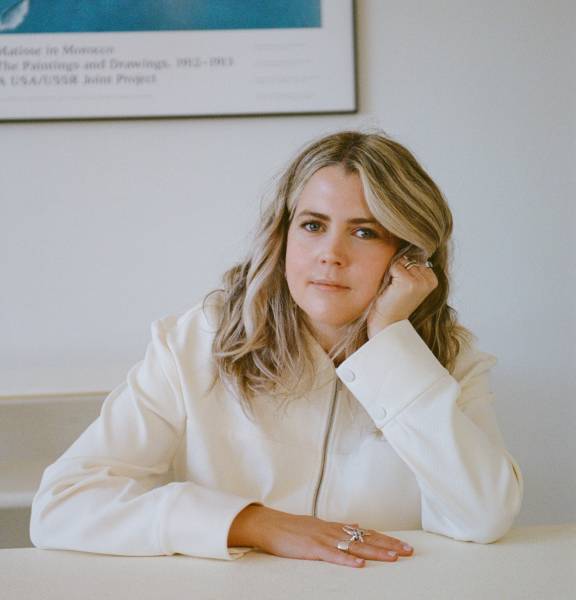BY KAREN BLISS
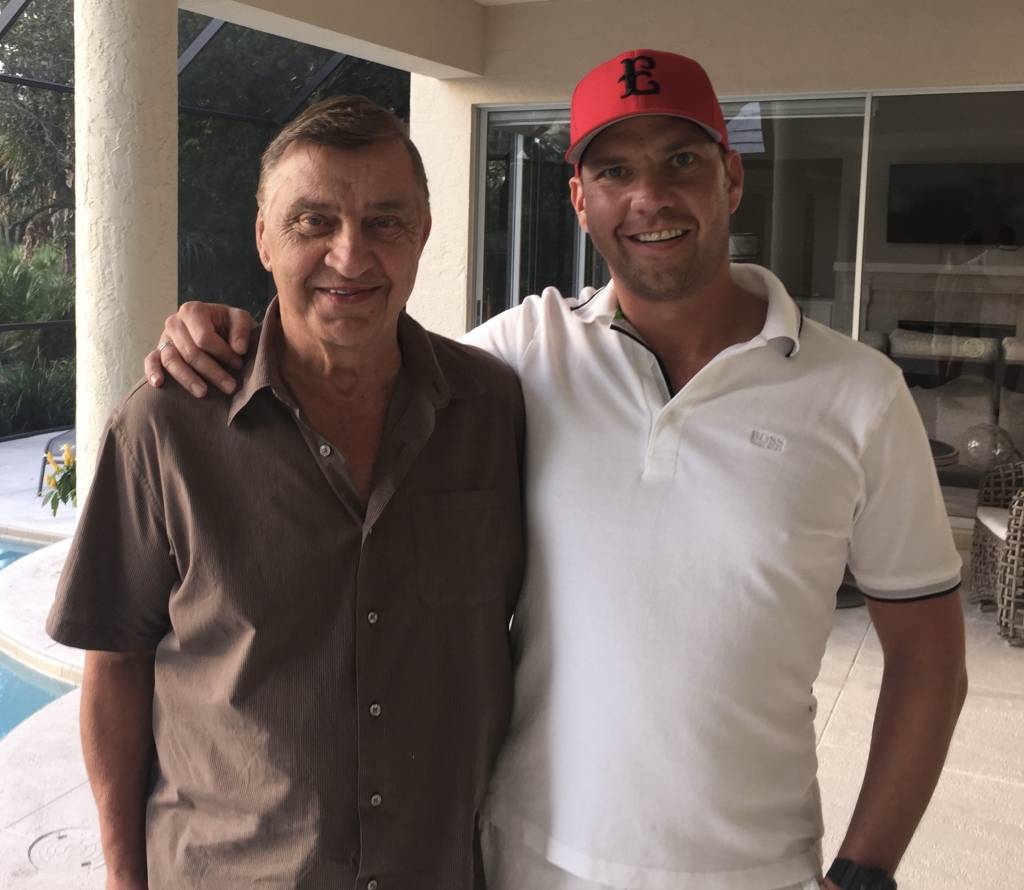
Paul Evanov, president and CEO of Toronto’s Evanov Communications Inc. (ECI), which owns 14 radio stations across Canada, has maintained his late father Bill’s principled adherence to independence, in a sector of the industry where many indie stations have been swallowed up by corporations. Part of that vision is to play emerging Canadian artists.
Paul’s dad was given his break in radio in 1967 from the late radio pioneer Johnny Lombardi at then-fledgling multicultural station CHIN radio. After 18 months, he was made vice-president of sales. In 1983, he bought his first station and by 2020, when he passed away on Feb. 28, at 77, he owned 19 stations.
Paul assumed the role as president and CEO of the family business. He had worked in it since his teens.
He had started in high school, squeezing in hours any chance he could, then studied communications at the University of Windsor. He later graduated from the media studies program at Humber College. He started at the bottom of ECI, working in almost every conceivable position — overnight operator, in the promotions department and part of street teams, station events and live broadcasts.
He was soon appointed program director for the CHR/top 40 stations, including Z103 (CIDC-FM), the flagship station in Etobicoke where ECI is headquartered. According to ECI, under Paul’s tenure as program director, “The annals of ECI first radio play include Michael Bublè, Shawn Desman, Danny Fernandes, Massari, Joee, Feist, Love Inc., BKS, Alessia Cara, Justin Bieber, The Weeknd.”
After his father’s passing, ECI sold HFX Broadcasting Inc. (Halifax stations) and closed some AMs, focusing today on 14 stations: four Hot Country Hot Country 88.5, Hot Country 106.7/, Hot Country 92.5, Hot Country 93.9); three multicultural (CKJS, CHLO, CFMB), four Hot Adult Contemporary (Lite 92.1, Lite 99.3, Lite 98.5, Lite 106.7), two Rhythmic CHR / Top 40 (Z103.5, Energy 106) and one Classic Hits (Hot 100.5).
There has long been talk that “radio is dead,” replaced by music streaming services and satellite radio, but how true is this?
Last year, Edison Research delivered the surprising stat that in the U.S. adults (18+) spend 71% of their time listening to AM/FM radio, compared to 29% on streaming services. Statistics released last month reveal 68% of Canadians listen to commercial radio at least every week, and 39% do so every day, compared to 39% who listen to a streaming service every week.
Evanov spoke to Making Noise about the state of terrestrial radio, taking chances on new Canadian acts, Shazam’s influence, if on-air talent matters, and which demographic holds the buying power.
You have a very Canadian rock phone number.
Yes, thank you, I know — 54.40 [laughs].
Please tell me that that was on purpose.
No, purely accidental, but if anybody asks, I’ll say it is.
Your radio stations have long given opportunities to new Canadian acts. Was this a mandate of your dad’s?
Yeah, it’s been a mantra of ours since the beginning because we’re independent broadcasters. This is what my dad started years ago. Part of our success was playing unknown music or playing new music or playing undiscovered music. A lot of people wanted to hear it. Obviously, times were different back then. It was much easier before the internet and before Spotify and Apple Music because people did go to radio to discover new music and discover new artists first before they went anywhere else. And so, we took advantage of that and would always play new and upcoming. Everybody was playing the same stuff and we were a little bit different, against the grain and independent. We took a lot of chances on independent artists, especially Canadian artists, and always had an open-door policy. Back in the day, if people had a demo or a single, they would drop it off on CD or afterwards a USB and we’d take a listen.
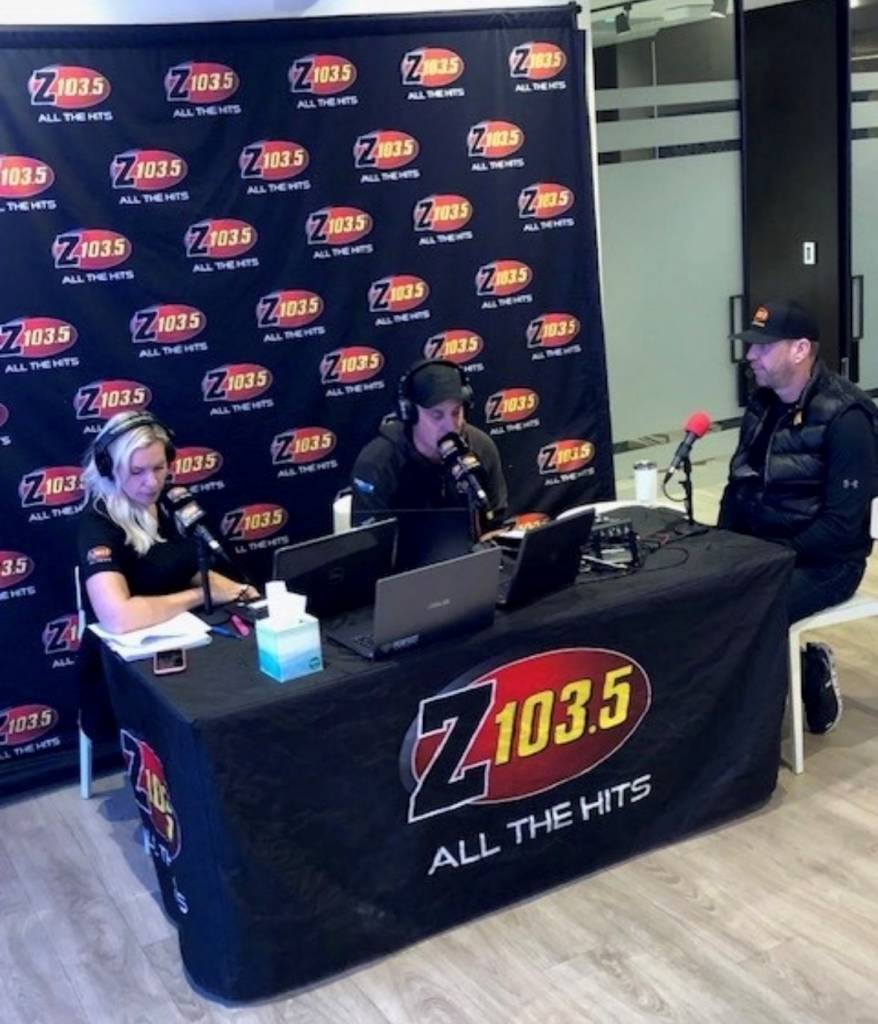
We all know how much things have changed. Because of consolidation, you often hear the same songs playing on different stations within the same hour. What’s your philosophy now at your stations in terms of playing largely undiscovered music?
We still keep the same philosophy. We’re a bit more cautious because, at the end of the day, we’re in business and we need to garnish the highest ratings as possible in order to get revenue. Obviously, over the last 5, 10, 15 years, the consolidation and the competition has been much more tight. Before, there was tons of independent stations, and it was a much easier time for radio. There was no Spotify; there was no Apple Music. These distribution platforms that are out now weren’t there before. However, especially with Z103 [CIDC-FM in Orangeville, Ontario] and our top 40 stations, we still take the approach of trying to break new artists and deliver something different on the radio to people.
You can turn on the radio and hear this new artist or this new music, and the announcer or the DJ will talk about it, but, if you go on Spotify, if you go on other platforms, they’re great platforms, but they don’t really let you know when new music’s coming out. You have to search for it. With radio, we can just deliver it automatically to you.
There’s still a lot of good music out there. Just because it’s not charting or it’s not top of the charts because it’s not testing, if it doesn’t meet a certain threshold, a lot of the corporate companies won’t play it. However, we don’t do any of that. We have our music department here and they go by experience. A lot of it is still by gut.
How do you decide on new music?
A lot of new music that we take chances on, we can see through Shazam, if it’s resonating or not. We’ll play a song that nobody else will be playing, and within five days we’ll see it No. 5 in Mississauga Shazam or No. 10 in Brampton Shazam, and then, as it gains traction, we’ll see it go up to number two or three. We know that’s only us. We know people want to listen to it and are curious because we follow Shazam quite a bit for our company. If we do take a chance on some of the new music or new artists, and we see it getting traction on Shazam, well, that means people are listening to it, and they want to know what it is and who it is. We still see it week in and week out, or month in and month out. We see it resonate on Shazam or people calling in. Even as far as the record companies go, they see streams go up as well.
There are people in certain demographics that don’t Shazam and don’t have Spotify, and they have old cars with only a radio. They want the local community aspect of independent terrestrial radio.
I think that aspect is still key. The success and the survival of radio is based on local. You have to be local. Some people don’t have internet or streaming services or any of those features. They wake up in the morning with their families, and they turn on the radio. “Here’s what’s happening…” They get entertainment. They get some music they like. They know what to dress their kids for school [from weather reports]. They know what to wear themselves. They know what gas prices are going to be. They get companionship. They get all that stuff from local radio or radio in general.
And it’s still a free service. They talk about the dashboard and cars changing. There’s still an FM dial, an AM dial, on there. So, when people are driving long distances, or they’re driving in traffic at rush hour, odds are they’re not listening to a streaming service for one or two hours in traffic, because it’s just music, but they’ll be listening to the local radio. What’s the weather like? What’s happening this weekend? What song is this? Here’s some information. Here’s a joke. Here’s some Hollywood gossip. Radio still delivers that day in and day out, in the morning, afternoon, midday, evenings, aside from overnights. I think it’s very important in the smaller markets, even in a city like Toronto, people commute here; they’re in traffic for hours and hours. I guarantee a lot of them have the radio on for that companionship and that information and that entertainment.
As you watched where the radio world, the listener, was going, what did you think would happen the past decade and how did you shift to ensure survival?
It’s a bit of a loaded question.
True. Were you concerned when satellite radio was standard or an option in new cars?
Radio has been around forever and a day. Television came out and everybody said radio would be dead and radio would not be able to deal with television, and then cable and streaming services came in, and then the internet came along. Obviously, there’s more options for the consumer to go to find music and entertainment or spoken word. So, as these things came along, you always keep an eye on everything and you’re a bit concerned because you hear the hype, “Oh, radio’s dead now because here’s TV” and “Now, here’s the internet. No one’s going to listen to radio at all anymore.” And radio is still thriving during all those times.
However, the last five, six years, covid really changed a lot of things. Even before covid, with the streaming of Apple Music and Spotify and all these music services came in, and it was pretty much free or $10 for people, people could find their music in other places. Satellite radio was a concern for a little while, but satellite radio never had a lot of penetration into radio. It only had a couple percent penetration, and it was really the spoken word, like the Howard Stern effect, if you will, but now that’s been taken over by podcasts. Podcasts are the new satellite radio, in my opinion, or another option for people to listen to.
So, the past 10 years has brought in podcasting, Apple Music, Spotify, all these streaming services in general, and all these options like iPads and technology for kids. So, March Break just happened and, before, you get a family of four going down in an old station wagon or minivan, or whatever it might be, to Florida. There’s one radio that everybody’s listening to. You fight over which station, whether you like hip hop, R&B, pop, rock, whatever it might be. But nowadays you’ve got four people in the car and they’re listening to four different things. The driver is listening to the radio, and the passengers are listening with headphones and iPads. There’s so many more options out there. You’ve got 15 or 20 options at the push of a button.
So, to compete in that landscape for attention and for listenership is quite a bit more competitive. Also, the advertising direction has completely changed as well. A lot of companies have gotten rid of the radio budget and gone to digital budgets as far as spending money on online.

You mentioned Howard Stern. How important is on-air talent to attract listeners. Are you spending money in that area?
Yeah, our philosophy the last five, six years is you can get music anywhere. However, what you can’t get is content and content is key because it’s what’s in between the songs that really matters. Before, you’d compete song for song, so you’d be competing from a music standpoint, more than a talent standpoint — even though the announcers are always vitally important to the station — now, in my opinion, even more vitally important because music has become so homogenized. You can hear country on top 40, top 40 on country, dance music on easy listening stations. All the music’s consolidated. It’s almost one kind of sound.
But what’s different is the announcers, what’s in between the song. We try and invest in fine talent. Nobody talks about this person did the weather amazing or this person talked about the traffic. They talk about entertainment or jokes and how the announcers give away prizes. With the announcers on the radio, how they’re doing it, how they connect with the audience, still having callers on the radio, doing birthday shout outs, wedding shout outs, all that kind of stuff that with our competition — streaming services — can’t do. I’m not bashing these companies at all; they do very well, but they don’t have announcers in between them. They don’t have that creative content. They don’t have that sense of humour. They don’t have that entertainment factor. They can’t give you backstage passes to Taylor Swift. Talent is more important than ever, but it’s also sad to see that all the consolidation and a lot of good talent go.
Does the younger demographic matter to you? And, if so, how do you lure them from other services to radio?
Which demo specifically?
I’d say 16 to 35-ish.
It’s tougher to get a younger person because it’s what you were raised on. If you’re 16 now, then probably by the time you were five or six, you probably grew up on Spotify or Apple Music or on a tablet or a device. You didn’t listen to the radio. Thirty-five-year-olds or 40-year-olds or people my age, we grew up listening to the radio. That’s what we know. If you grew up listening with your headphones to an iPad, YouTube or Spotify, that’s what you grew up knowing. You’re not going to, 10 years later, be, “Let me like give this radio thing a try.” You’re not going to start a new technology, a new medium, all of a sudden in the middle of your life.
Doesn’t Z103 attract a younger audience?
Yeah. The advertising demographics have changed as well. At the end of the day, this is all a business for us. It’s all about demographics and getting the bigger share in the largest demographics. Back in the day, 18-24 demographic was huge. All the alcohol sales, if you had males 18-24, like Q107, that was the money demo, as they would say. Things have evolved. Now, the money demo is 25-54 females because females have all the buying power. And that’s what these huge companies, such as Sleep Country Canada, put stock into the older demographic and the female buying power.
That’s from an advertising standpoint, but as a listener standpoint, if you talk to people and not at them, I believe you can get anything. Because advertising demos have moved up, a lot of broadcasters abandoned the younger demographics. I don’t believe that the younger people just grew up not listening to radio. I think radio abandoned them and went after an older demographic. It didn’t play cool new music, didn’t run cool new contests, to get those listeners to listen while they’re younger. And so, really, they alienated them because they went after the older demographics rather than the younger ones. A lot of radio broadcasters didn’t do much to appeal or engage younger listeners.
Do you ever chase your listener? Change formats to get a different demographic?
No, not really, as a lot of these formats and demographics have blended together over the years. Before, there was an 18-24 male demo that would be rock stations. There would be top 40 stations that would cater towards 12-24 and 18-34 year olds. Only easy listening and adult contemporary would be 25-54. There used to be a lot of advertising money with these demos but, like most stations, we now go after the lucrative female 25-54 demo as that is where most of the advertising money sits. Z listeners range from 15 to 60 years old as they have grown up with us.
How important are radio trackers [promo reps] now, whether it’s within the major labels or the independents? They used to go into the stations. They’d be meetings, where they would play the new single from a major act and let you know about new acts and their first single. Relationships were very important to getting a song added or it appeared that way. Does that still happen?
Yeah, it happens, but not nearly to the degree that you and I might remember it happening. I remember that too. There would be 10 different record companies that come in and explain their priorities. “This is coming out in three weeks and there’s embargo, don’t play it until then. We’ll deliver it to you at 6 p.m. or midnight.” Now, everything’s online. We still have promo reps, which are great, from each of the major labels and some independent ones. They come in probably once a month now. They work their music, but what they come in more for are opportunities to do promotions, to help them sell, get more streams or build a promotion on an artist. So, when the artist is in town or there’s a new single, you do a promotion on the artist to get as much hype as possible so they’ll hopefully get more streams or more sales. So they still come in to do promotions, but a lot of it is an email or a phone call saying, “Hey, this new single’s out. It’s online. Go check it out.”
Evanov Communications operates three ethnic stations, the term used in broadcasting. They are multicultural. Obviously, in the past x number of years, people are very cognizant of inclusivity. A Punjabi-Canadian hip hop artist [Karan Aujla] just won the TikTok Fan Choice Award at the Junos. Mexico’s Peso Pluma headlined Budweiser Stage. Persian pop singer Ebi headlined Scotiabank Arena. How successful are your ethnic stations?
Our first station, ever, as a family business and a broadcaster, was our ethnic station. Back then, it was called CIAO AM 530 and it was predominantly Italian broadcasting. Now, 35 years later, we broadcast in 18 different languages. Southeast Asian is a huge one; Punjabi is a huge component and then there’s several other ones. But to operate an ethnic license in this country, you need a specialty license that you get granted at the CRTC [The Canadian Radio-television and Telecommunications Commission]. Depending on what market you’re in, there’s certain obligations as to how many languages you have to broadcast in. So, we’re mandated to broadcast a certain amount of languages. We have one in Montreal [CFMB-AN], one in Toronto [CHLO-AM], one in Winnipeg [CKJS-FM]. The one in Toronto we’ve had for almost 40 years. We broadcast in 18 to 22 different languages on our stations. We’re representative of Canada. The ethnic population here is incredible and booming week by week and month by month, so we cater to all sorts of different nationalities and it’s been really successful for us. Our ethnic stations are booming.
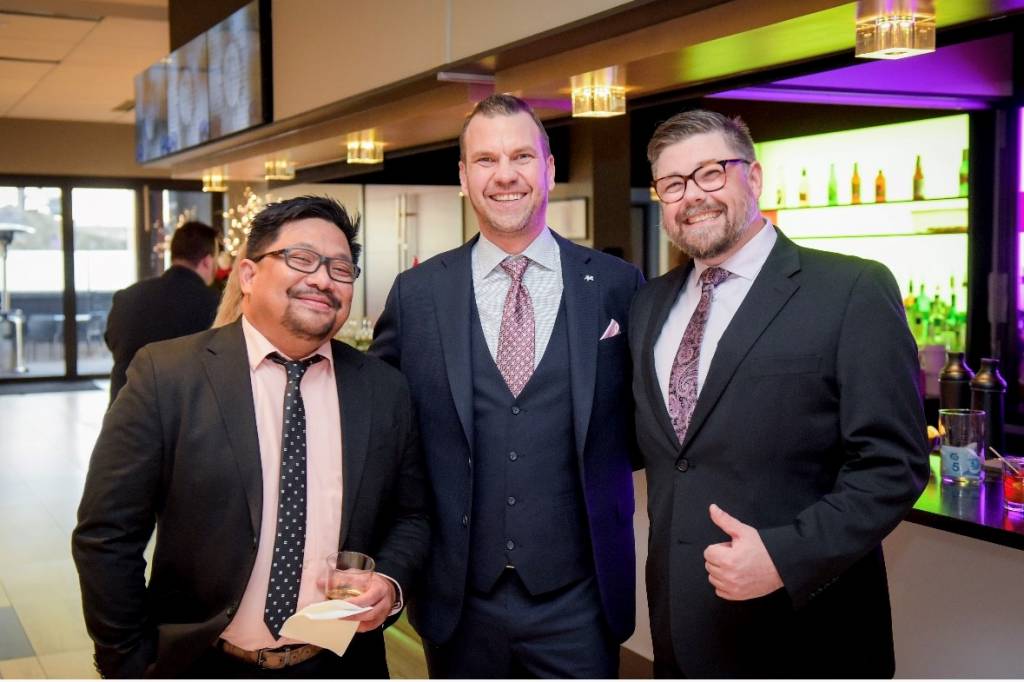
Do you have programming for younger people, playing tracks, for example, by Karan Aujla and Italy’s Måneskin?
Well, the people that come in do it themselves. Usually, the announcers for the ethnic stations are almost celebrities in their own right because they’re such figures in their communities. The thing with ethnic [stations] is unlike other stations there’s no ratings because all the rating services are done in French and English, the two national languages of Canada. However, we don’t have any demographic information, per se, as to how many listeners we have at one time, aside from our streams because Numeris [the Canadian audience measurement company] does not provide it in any different languages, so it would be impossible for our listeners to fill them out. It’s not like Z103 where you have the exact ratings between this time and this time. The only stats we have for the ethnic stations are our streaming numbers.
Finally, what is the biggest misconception about terrestrial radio in 2024?
This is just a personal opinion. I don’t think the general public realizes how regulated we are by the CRTC. The radio industry is as regulated as airlines. The biggest misconception is that we compete on the same level playing field as everybody else and we don’t. Spotify, Apple Music, all these streaming services, don’t have to play Canadian Content; they don’t have to pay royalties. Meanwhile, we’re constricted and bound by a thousand restrictions and a thousand rules that govern our industry. We have to pay royalties; they don’t have to pay anything; they get to play for free. It’s competitive; it’s difficult, but how is radio competing against them? The misconception is that we’re all on the same playing field and we’re not.
